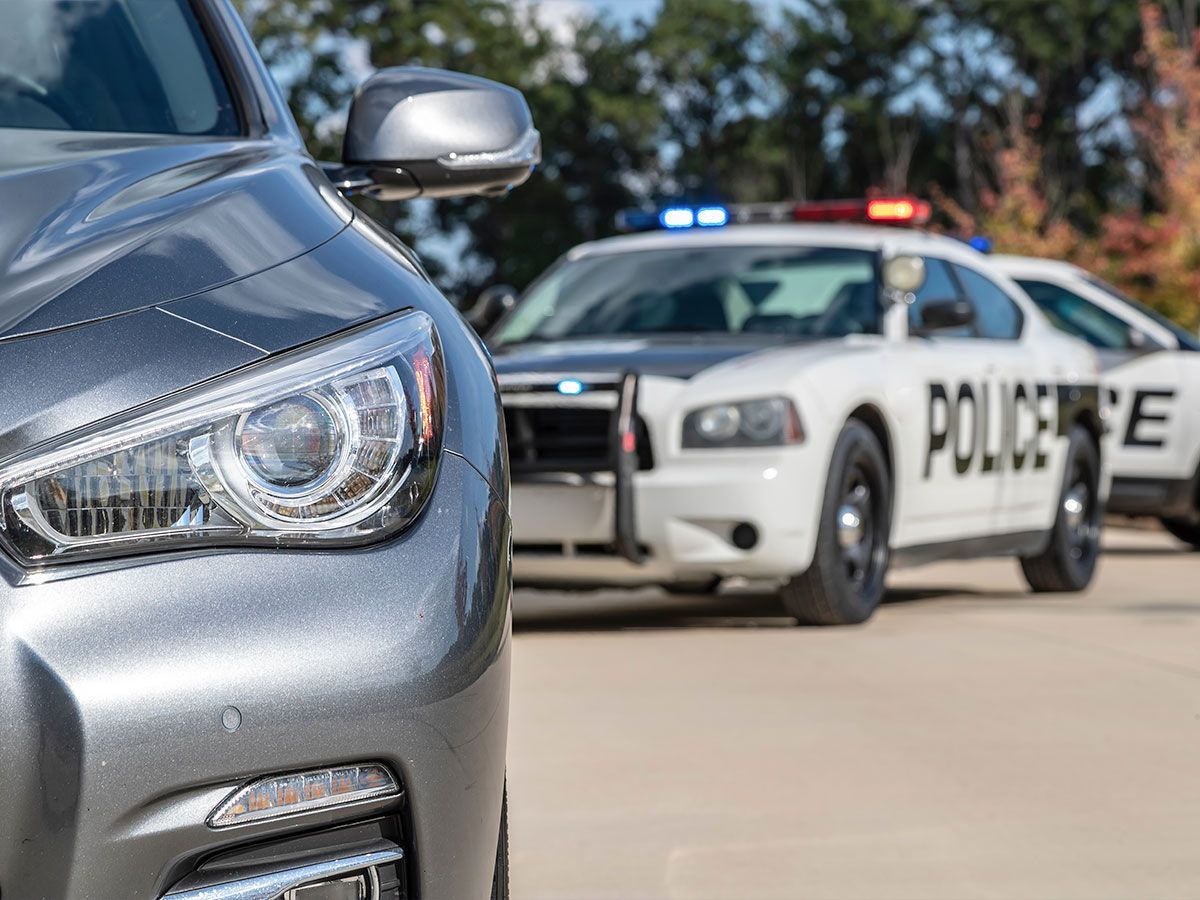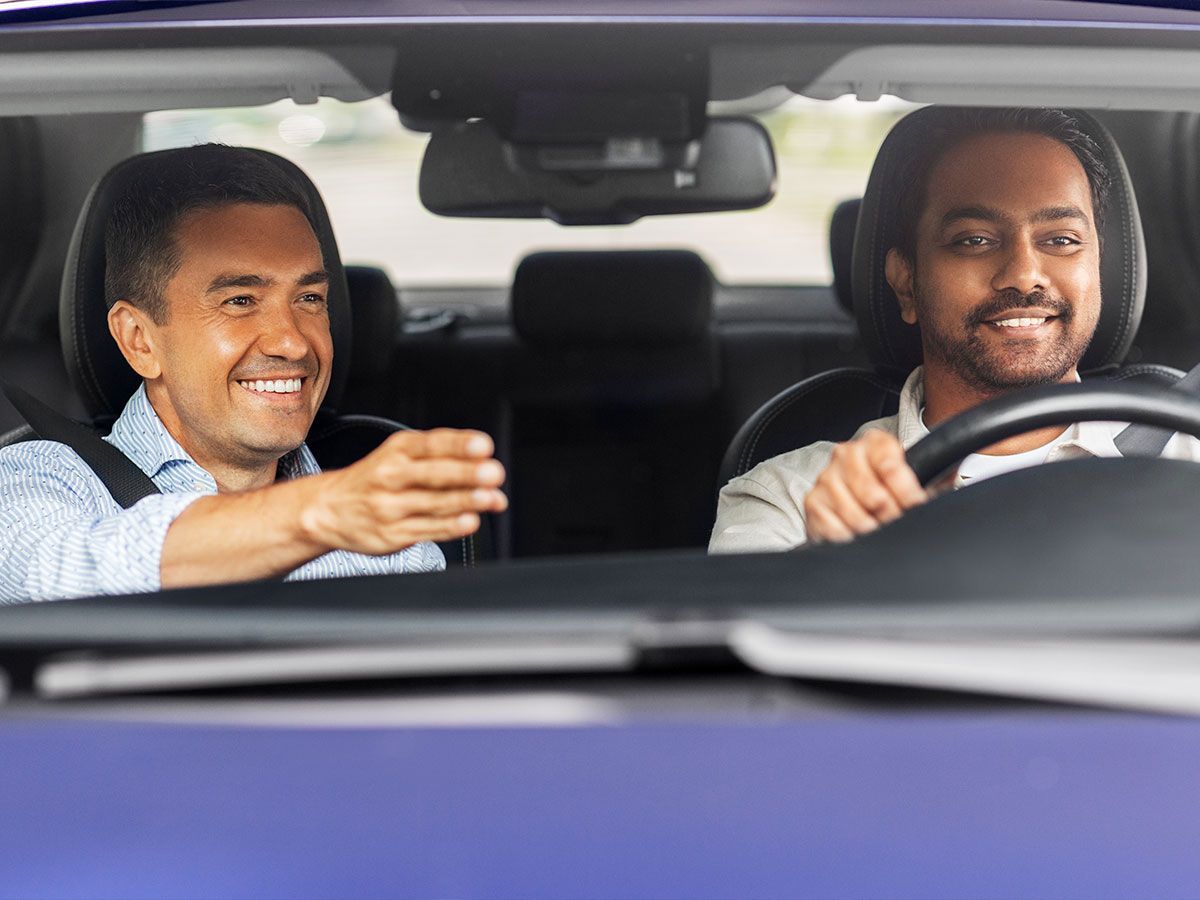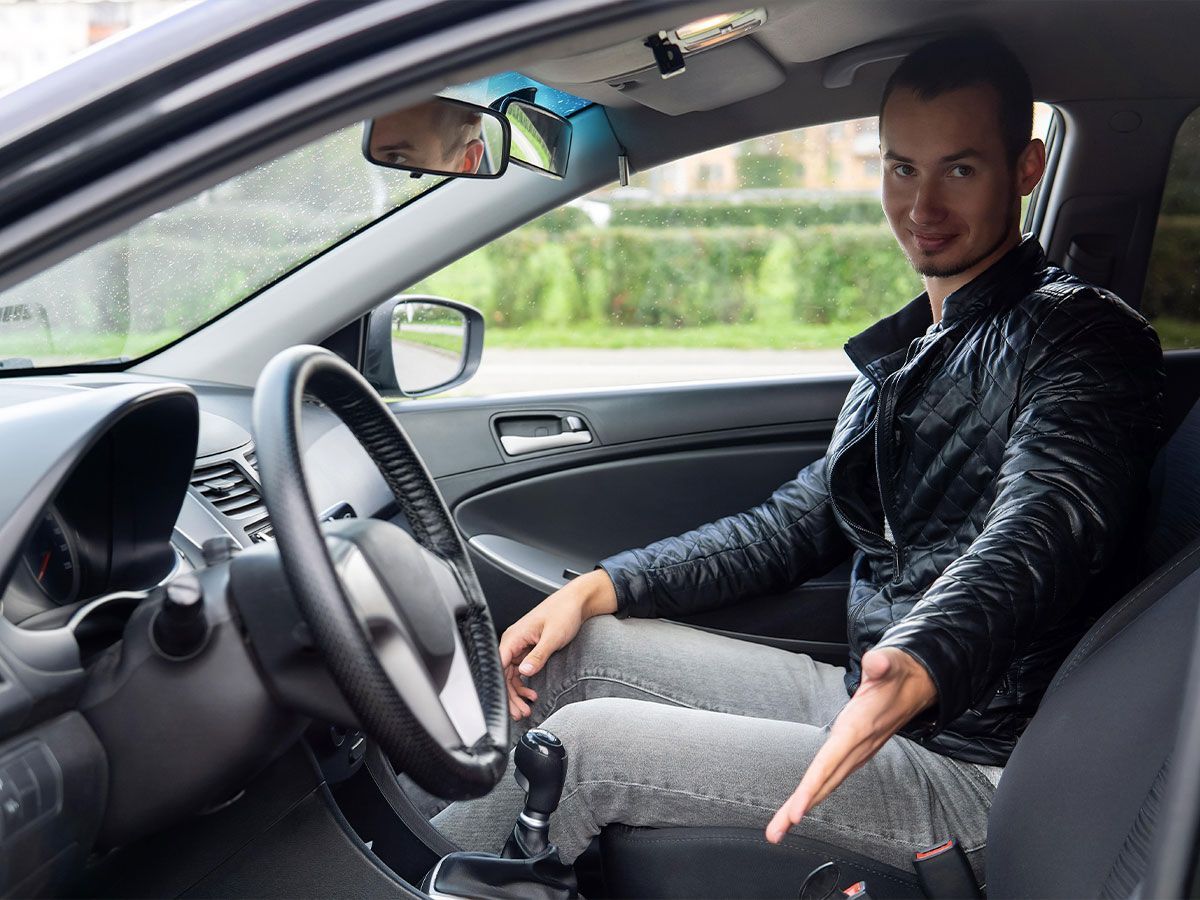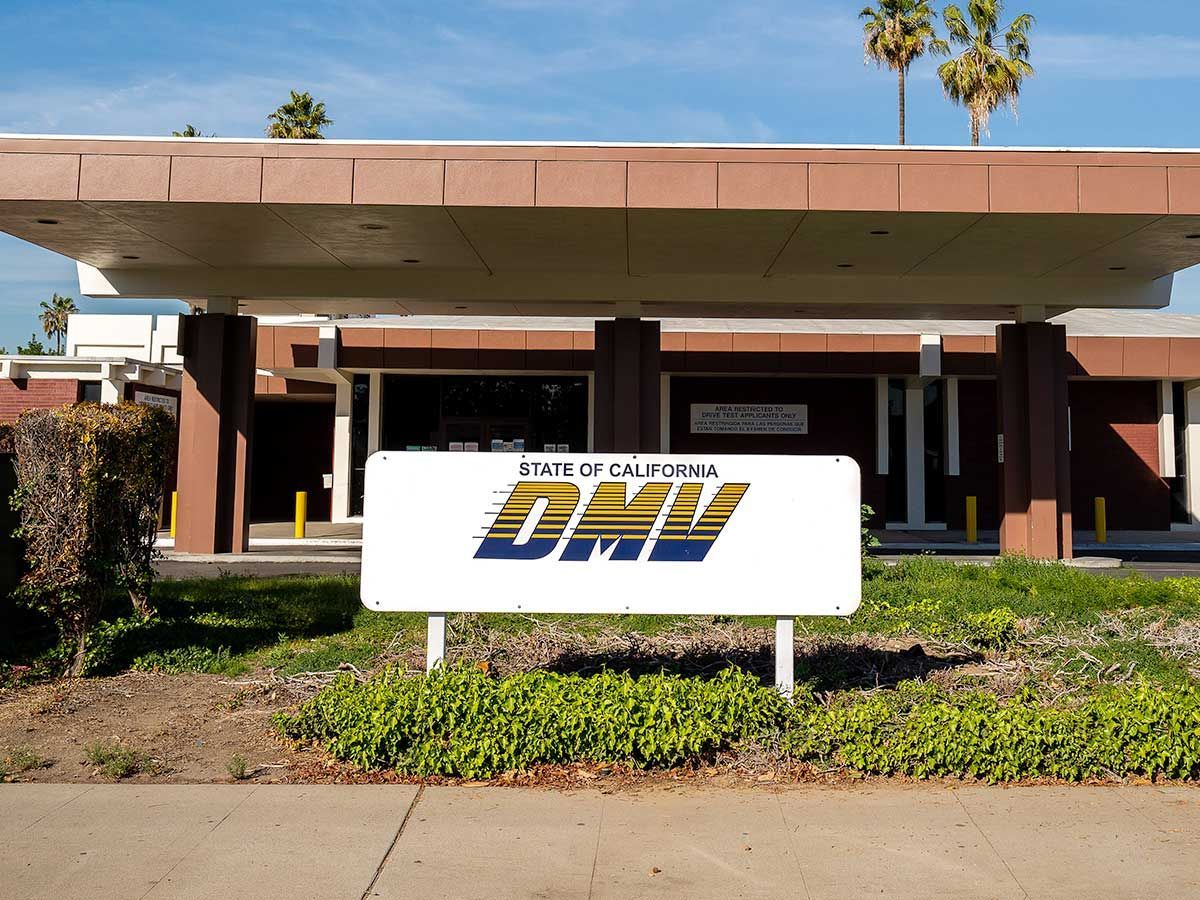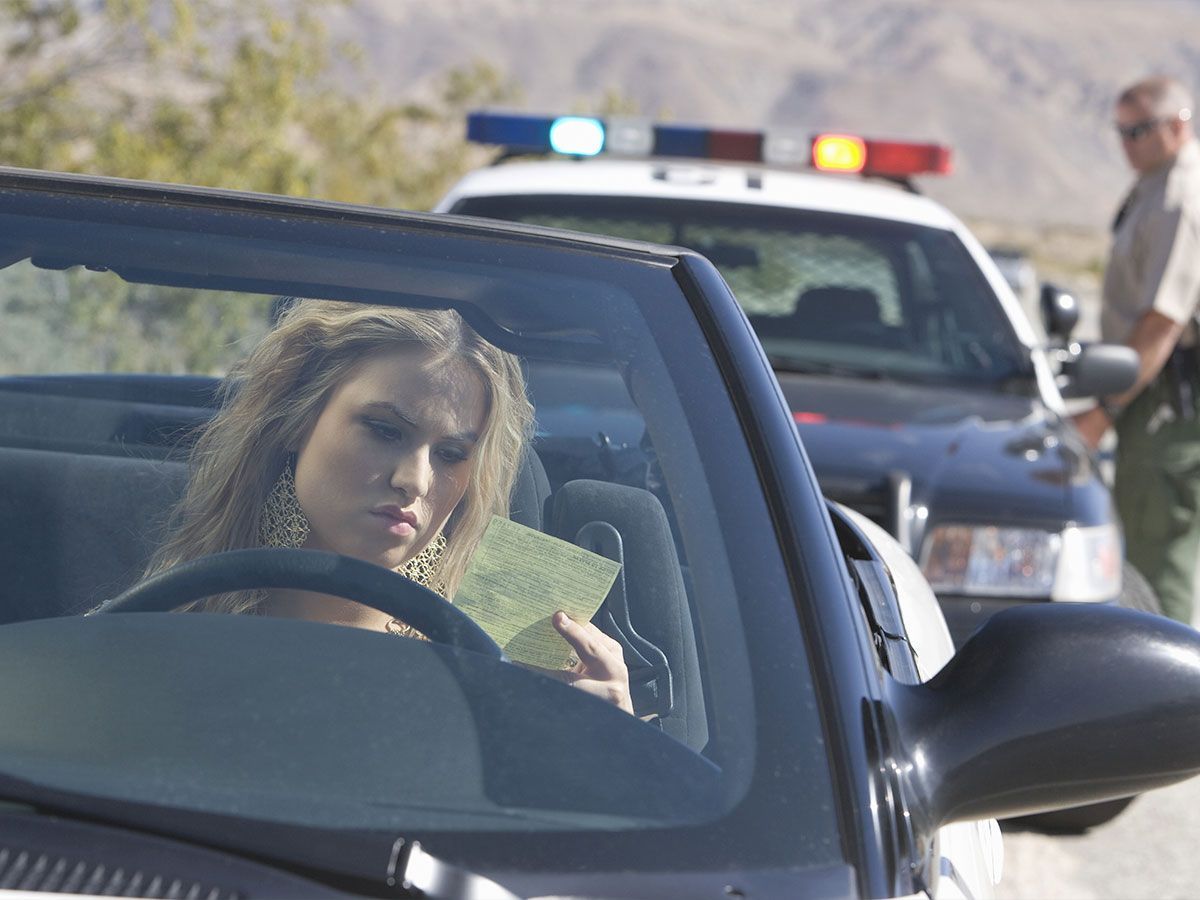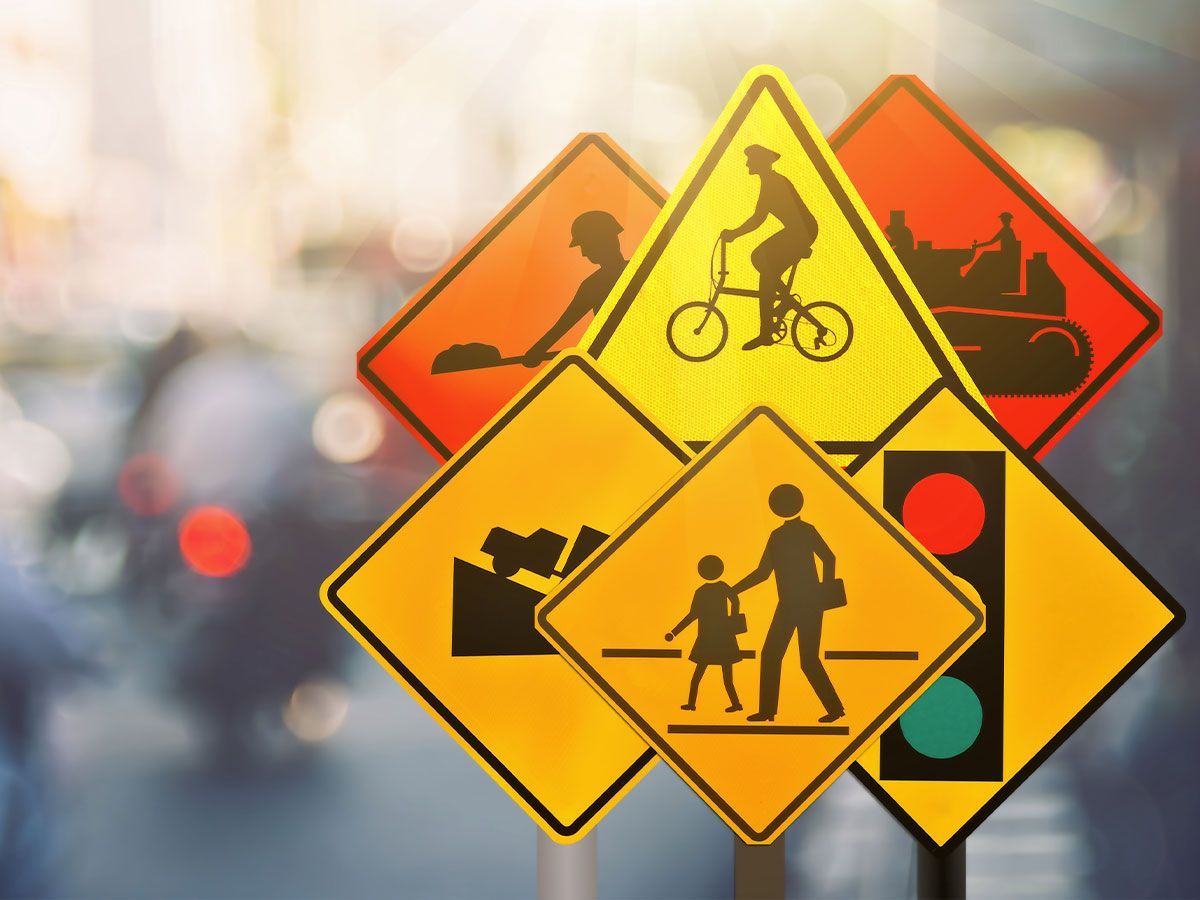Things Every Driver Should Know and Do to Survive Traffic Stops
Know your rights:
1. Traffic stops can end up taking time depending on the circumstances. Simple stops hardly last longer than a few minutes, whereas complicated stops can last for hours. Never depart from a traffic stop unless law enforcement has made it clear that you are free to go. If time has gone by and you’re unsure about whether to leave, ask the basic question “Officer, are you detaining me, or am I free to go?” No matter what, remember to stay calm, and stay put at the traffic stop until an officer clarifies that you are free to go. Leaving prematurely could trigger criminal charges such as resisting arr! est.
2. Unless you or anyone in your vehicle is being put under arrest, a law enforcement officer cannot search your vehicle without a Search Warrant or Probable Cause. This means you have the right not to consent to a search. Even if your refusal doesn’t prevent law enforcement from ultimately conducting a search, it can help create a defense in your favor during future litigation assuming an illegal search and seizure was conducted.
- A Search Warrant is a legal document authorizing law enforcement to enter and search a civilian’s premises for evidence of illegal activity. Search Warrants must identify the area being searched, and what specific items are to be seized.
- Probable Cause refers to specific facts or conditions which make it reasonable to assume that a crime has been committed in an area being searched. For example if law enforcement can smell alcohol wafting from your vehicle during a traffic stop, they have probable cause to believe you are driving under the influence and therefore search your vehicle for open containers of alcohol.
- Aside from verbal confirmation, handing over your keys to an officer also qualifies as consenting to a search.
3. Don’t be afraid to sign a traffic ticket issued during a stop. This is because signing a ticket during a traffic stop is not an admission of guilt. The ticket issued to a driver during a traffic stop acknowledges the fact that it was issued, and nothing more. Tickets are always accompanied by a future court summons which is the appropriate time either to challenge a ticket or admit guilt.
Do what’s Right:
Emotions can run high during a traffic stop. On one hand, drivers tend to feel stunned, anxious or frustrated at having to suddenly pull over and deal with a sensitive situation. On the other hand, law enforcement officers tend to be on high alert because of how unpredictable traffic stops are. All of this built up tension means that the best approach to take with your interaction is calmness. The more you put everyone involved at ease, the faster a traffic stop gets resolved peacefully.
1. Follow instructions. One of the easiest ways to gain the trust of a law enforcement officer during a traffic stop is compliance with their instructions. This doesn’t just start when you’re face-to-face with the police however. It starts the moment sirens signal you to pull over:
- Pull over promptly, and safely, in order to indicate your willingness to comply with officers’ instructions.
- Do not unbuckle your seatbelt until instructed to.
- Do not exit your vehicle unless instructed to.
- Do not interrupt when being spoken to.
- Do not be confrontational.
- Do not use your cell phone, and silence your stereo before conversing with an officer.
2. Keep cool. No matter how much your instincts compel you to panic, don’t get carried away with fear, anger or aggression. For example:
- Use a composed tone of voice when talking and be respectful.
- Use polite language and don’t utter profanities.
- Maintain eye contact.
- Pay attention and listen to what the officers actually say.
3. Don’t make sudden movements. Unexpected movements on a driver’s part can be misinterpreted as an attack. Remember, the calmer you appear to an approaching officer, the less reason they have to feel defensive and subdue you.
- Roll the window down and place your hands visibly on the steering wheel.
- Keep your hands in sight at all times.
- Wait for an officer to request for documentation before reaching for it in any way.
- If at all you have to reach for something, let the officer know where it is you intend to reach for, and confirm if they are comfortable with your intended movements.
If you do receive a ticket at the end of a traffic stop, don’t argue. Simply sign your citation and receive it agreeably. Any argument you may wish to have can be done more effectively by an attorney in a court of law. For more information, give us a call at 1-888-309-4545 to find out how Adriana’s Traffic School can help you stay safe on the road.




